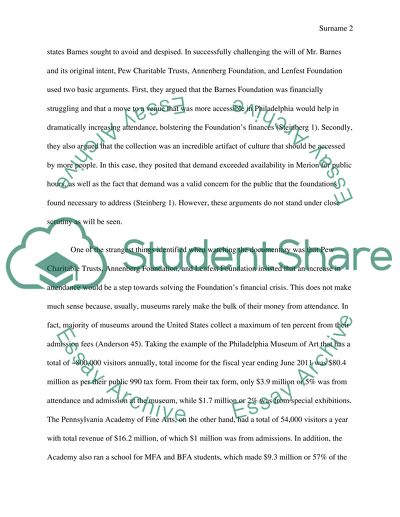Cite this document
(The Barnes Collection As A Cultural Jewel Of Extraordinary Nature Movie Review, n.d.)
The Barnes Collection As A Cultural Jewel Of Extraordinary Nature Movie Review. Retrieved from https://studentshare.org/performing-arts/1665275-the-art-of-the-steal-movie-argumentative-essay
The Barnes Collection As A Cultural Jewel Of Extraordinary Nature Movie Review. Retrieved from https://studentshare.org/performing-arts/1665275-the-art-of-the-steal-movie-argumentative-essay
(The Barnes Collection As A Cultural Jewel Of Extraordinary Nature Movie Review)
The Barnes Collection As A Cultural Jewel Of Extraordinary Nature Movie Review. https://studentshare.org/performing-arts/1665275-the-art-of-the-steal-movie-argumentative-essay.
The Barnes Collection As A Cultural Jewel Of Extraordinary Nature Movie Review. https://studentshare.org/performing-arts/1665275-the-art-of-the-steal-movie-argumentative-essay.
“The Barnes Collection As A Cultural Jewel Of Extraordinary Nature Movie Review”, n.d. https://studentshare.org/performing-arts/1665275-the-art-of-the-steal-movie-argumentative-essay.


